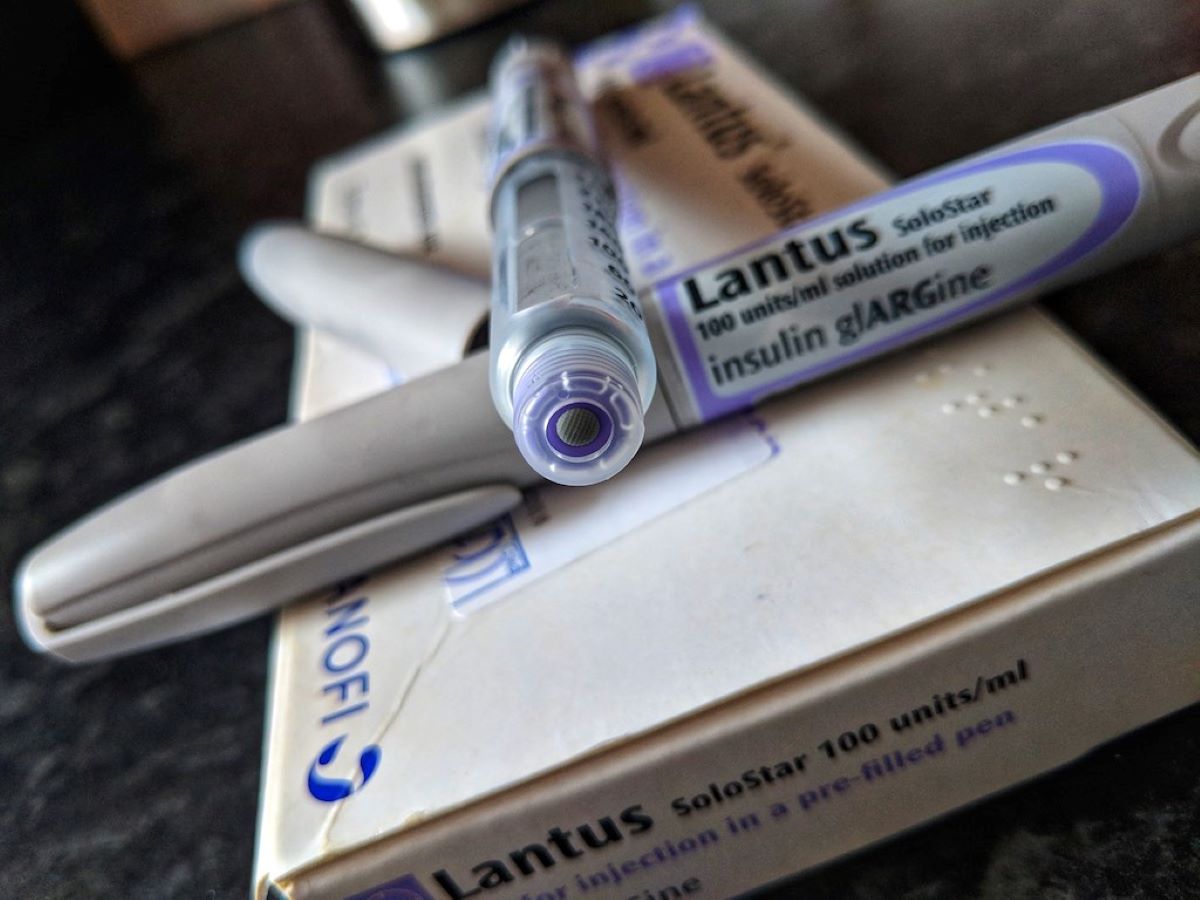

Articles
How To Store Lantus
Modified: January 6, 2024
Looking for articles on how to store Lantus? Find helpful tips and guidelines to properly store your Lantus insulin for maximum effectiveness.
(Many of the links in this article redirect to a specific reviewed product. Your purchase of these products through affiliate links helps to generate commission for Storables.com, at no extra cost. Learn more)
Introduction
Welcome to our comprehensive guide on how to store Lantus, a commonly used insulin medication for individuals with diabetes. Proper storage of Lantus is essential to maintain its effectiveness and ensure its safety for use. In this article, we will discuss the importance of proper storage, general guidelines for storing Lantus, and specific considerations for different storage conditions.
Diabetes affects millions of people worldwide, and insulin therapy plays a crucial role in managing blood sugar levels. Lantus, a long-acting insulin analog, provides a steady release of insulin to help regulate blood sugar levels throughout the day. However, improper storage can compromise its potency, potentially leading to ineffective treatment.
Whether you are a newly diagnosed diabetic or have been using Lantus for years, understanding how to store this medication correctly is vital. By following the recommended storage practices, you can ensure that your Lantus remains effective and helps you maintain optimal blood sugar control.
In the following sections, we will explore the temperature requirements for storing Lantus, guidelines for storing it in the refrigerator and at room temperature, protecting it from light exposure, tips for traveling with Lantus, and proper disposal of expired medication.
Remember, while this article provides general guidelines for storing Lantus, it is always advisable to consult your healthcare provider or pharmacist for specific instructions pertaining to your individual circumstances. They will be able to give you personalized advice based on your specific needs.
Now, let’s delve into the important information concerning how to store Lantus and ensure its maximum effectiveness.
Key Takeaways:
- Proper storage of Lantus is crucial for maintaining its effectiveness and ensuring safe blood sugar control. Following temperature guidelines, protecting from light exposure, and proper disposal are key for optimal use.
- When traveling with Lantus, plan ahead and use insulated containers to maintain its potency. Proper disposal of expired Lantus is essential to ensure safety and environmental responsibility.
Read more: How To Store Basil From Store
Importance of Proper Storage for Lantus
Proper storage of Lantus is crucial to maintain its potency and effectiveness. Insulin medications, including Lantus, are sensitive to various environmental factors such as temperature, light, and humidity. Failing to store Lantus correctly can lead to a loss of efficacy, making it challenging to control blood sugar levels effectively.
One of the main factors that affect the potency of Lantus is temperature. If Lantus is exposed to extreme temperatures, such as excessive heat or freezing cold, its structure can be altered, rendering it less effective. Insulin that has been damaged due to improper storage may not work as intended, leading to fluctuations in blood sugar levels.
Furthermore, exposure to direct light can also degrade the insulin. Insulin should be protected from direct sunlight and strong artificial light sources to prevent heat and light-induced degradation. Light-sensitive insulin, such as Lantus, should always be stored in opaque containers or placed in a dark storage area to minimize light exposure.
Proper storage of Lantus is especially crucial for individuals who require regular injections of insulin. For people who rely on insulin to manage their diabetes, the effectiveness of the medication directly impacts their overall health and well-being. Inconsistent blood sugar control due to compromised insulin quality can lead to various complications, including hyperglycemia or hypoglycemia, which can have serious health consequences.
Additionally, the cost of insulin is a concern for many individuals. Proper storage ensures that you can use the full potential of each vial or pen of Lantus, minimizing wastage and maximizing its cost-effectiveness. Expired or ineffective insulin may require more frequent refills, leading to increased healthcare expenses.
Proper storage is not only limited to the home environment. If you need to travel with Lantus, whether it’s for a short trip or an extended vacation, it’s essential to ensure the medication remains potent and safe. By following the appropriate storage guidelines, you can confidently carry and use Lantus while away from home.
In the next sections, we will provide you with specific guidelines on storing Lantus under different conditions, such as refrigeration and room temperature. We will also offer tips on protecting Lantus from light exposure and provide recommendations for traveling with Lantus. By understanding and implementing these storage practices, you can ensure the maximum effectiveness and safety of your Lantus medication.
General Guidelines for Storing Lantus
When it comes to storing Lantus, there are some general guidelines that should be followed to maintain its effectiveness and safety. These guidelines apply whether you are storing Lantus in the refrigerator or at room temperature. Here are some important points to keep in mind:
1. Check the expiration date: Before storing Lantus, always check the expiration date printed on the packaging. Expired insulin may not work effectively, so discard any medication that has passed its expiration date.
2. Keep it in the original packaging: Store Lantus in the original packaging it came in. The packaging is designed to protect the insulin from light and extreme temperature fluctuations.
3. Store unopened insulin in the refrigerator: If you have unopened vials or pens of Lantus, it is best to store them in the refrigerator between 36°F to 46°F (2°C to 8°C). Avoid freezing the insulin, as freezing temperatures can render it ineffective. Do not store Lantus directly next to the cooling element in the refrigerator as this can also damage the insulin. Instead, store it on a shelf where the temperature remains consistent.
4. Allow refrigerated Lantus to reach room temperature: Before using refrigerated Lantus, allow it to come to room temperature naturally. Taking cold insulin injections can be uncomfortable, and it may also affect the absorption rate of the insulin. Let the insulin sit at room temperature for about 30 minutes before injecting it.
5. Keep open vials or pen cartridges at room temperature: Once a vial or pen of Lantus has been opened, it can be stored at room temperature for up to 28 days. Avoid exposing the open vial or pen to excessive heat or direct sunlight. Keep it in a cool, dark place such as a drawer or cabinet away from heat sources and light.
6. Protect Lantus from extreme temperatures: Whether you are storing unopened or opened Lantus, it is important to protect it from extreme temperatures. Avoid keeping insulin in hot environments, such as near stoves or in a car on a hot day. Similarly, do not expose Lantus to freezing temperatures. Extreme heat or cold can alter the structure of the insulin, rendering it less effective.
7. Inspect Lantus visually: Always check the appearance of Lantus before using it. Insulin should be clear and colorless. If you notice any discoloration, clumping, or particles in the insulin, do not use it and consult your healthcare provider or pharmacist.
By following these general guidelines for storing Lantus, you can ensure that your medication remains safe and effective for use. In the next sections, we will explore specific storage considerations for storing Lantus in the refrigerator and at room temperature.
Temperature Requirements for Storing Lantus
Temperature plays a critical role in maintaining the effectiveness of Lantus. Insulin is a delicate medication that can be easily affected by extreme temperatures. It is essential to store Lantus within the recommended temperature range to ensure its potency and safety for use.
The optimal temperature range for storing Lantus is between 36°F to 46°F (2°C to 8°C). This temperature range is commonly found in the refrigerator, making it the ideal place to store unopened vials or pen cartridges of Lantus.
However, it is important to note that freezing Lantus should be avoided at all costs. Freezing temperatures can damage the insulin and render it ineffective. If Lantus has been frozen, it should not be used, even after thawing. Discard any insulin that has been exposed to freezing temperatures.
When storing Lantus in the refrigerator, it is crucial to keep it away from the cooling element and avoid storing it directly next to the ice packs or freezer compartments. These areas may be colder than the recommended temperature range, putting the insulin at risk of freezing.
If you are using a refrigerator to store Lantus, designate a specific area where you can place the insulin vials or pens. This area should maintain a consistent temperature and be away from any direct airflow or temperature fluctuations.
It’s important to note that once a vial or pen cartridge of Lantus has been opened, it can be stored at room temperature for up to 28 days. But what about room temperature itself?
Room temperature refers to a range of temperatures found in indoor settings, typically between 59°F to 86°F (15°C to 30°C). When storing Lantus at room temperature, it is crucial to prevent exposure to excessive heat or direct sunlight, as both can degrade the insulin.
Ensure that the area where you store Lantus at room temperature remains cool and dry. Avoid storing insulin in places like bathrooms, near radiators, or in direct sunlight. Instead, opt for a cool, dark drawer or cabinet that is away from heat sources and light.
It’s worth mentioning that as the temperature rises above 86°F (30°C), the effectiveness of Lantus may gradually decline. Therefore, it is advisable to avoid storing Lantus in extremely hot environments.
Monitoring the temperature is essential to ensure the proper storage of Lantus. You can use a refrigerator thermometer or an electronic temperature monitoring device to keep track of the temperature in your designated storage area.
Remember, maintaining the temperature requirements for storing Lantus is crucial to preserve its potency and ensure its effectiveness. In the next sections, we will explore specific guidelines for storing Lantus in the refrigerator and at room temperature, along with additional considerations for protecting the medication from light exposure.
Storing Lantus in the Refrigerator
The refrigerator is a commonly used and convenient place to store unopened vials or pen cartridges of Lantus. Storing Lantus in the refrigerator helps maintain a consistent temperature within the recommended range of 36°F to 46°F (2°C to 8°C). Here are some essential guidelines to follow when storing Lantus in the refrigerator:
1. Choose the right spot: Designate a specific area in your refrigerator to store Lantus. This area should maintain a consistent temperature and be away from any direct airflow or temperature fluctuations. The vegetable or dairy compartments in the refrigerator often provide suitable storage conditions.
2. Avoid freezing: Ensure that Lantus is not placed near the freezer compartment or cooling element, as these areas can be colder than the desired temperature range. Freezing Lantus can compromise its effectiveness, rendering it ineffective. If Lantus has been frozen, it should not be used.
3. Keep it in the original packaging: Store the unopened vials or pen cartridges of Lantus in their original packaging. The packaging is designed to protect the insulin from light exposure and maintain its potency. If the original packaging is damaged, use a container that provides similar protection from light and temperature fluctuations.
4. Allow refrigerated Lantus to reach room temperature: Before using refrigerated Lantus, allow it to come to room temperature naturally. Taking cold insulin injections can be uncomfortable, and it may affect the absorption rate of the insulin. Let the insulin sit at room temperature for about 30 minutes before injecting it.
5. Monitor the temperature: Use a refrigerator thermometer or an electronic temperature monitoring device to ensure that the refrigerator maintains a consistent temperature within the recommended range. Regularly check the thermometer to ensure that the temperature is not fluctuating or reaching extreme levels.
6. Inspect before use: Always visually inspect Lantus before using it. The insulin should be clear and colorless. If you notice any discoloration, clumping, or particles in the insulin, do not use it and consult your healthcare provider or pharmacist for further guidance.
Remember that storing Lantus in the refrigerator is suitable for unopened vials or pen cartridges. Once a vial or pen has been opened, it can be stored at room temperature for up to 28 days, provided the temperature remains within the recommended range of 59°F to 86°F (15°C to 30°C).
In the next sections, we will discuss how to store Lantus at room temperature, guidelines for protecting it from light exposure, and tips for traveling with Lantus to ensure its optimum potency and effectiveness.
Store Lantus (insulin glargine) in the refrigerator at 36°F to 46°F (2°C to 8°C) until the expiration date. Once in use, it can be kept at room temperature (59°F to 86°F or 15°C to 30°C) for up to 28 days. Do not freeze.
Read more: How To Store Store-Bought Bread
Storing Lantus at Room Temperature
Storing Lantus at room temperature is an option once a vial or pen cartridge has been opened. This can be convenient for individuals who need quick access to their insulin without the need for refrigeration. Here are some important guidelines to follow when storing Lantus at room temperature:
1. Choose a cool, dark location: Find a cool, dry place in your home to store Lantus. It should be away from direct sunlight, radiators, and other heat sources. Preferably, select a cool drawer or cabinet that maintains a consistent temperature.
2. Avoid temperature extremes: Ensure that the storage area remains within the recommended temperature range of 59°F to 86°F (15°C to 30°C). Extreme heat or cold can affect the potency and effectiveness of Lantus. Avoid storing insulin in places like bathrooms or near windows, where temperature fluctuations can occur.
3. Use the medication promptly: Unlike refrigerated Lantus, which can last until the expiration date, opened vials or pen cartridges of Lantus should be used within 28 days. After this period, the potency and effectiveness of the insulin may decline. Mark the date of opening on the packaging to keep track of its expiration.
4. Protect from light exposure: Lantus is light-sensitive and should be protected from direct sunlight and strong artificial light sources. Store the opened Vial or pen cartridge of Lantus in the original packaging or a suitable container that shields it from light. Always inspect the Lantus visually before using it to ensure that it appears clear and colorless.
5. Prevent exposure to extreme temperatures: Even though Lantus is stored at room temperature, it is important to prevent exposure to excessive heat or cold. Avoid leaving Lantus in a car on a hot day or near a source of direct heat, as this can compromise its effectiveness. If you plan to travel with Lantus, take precautions to protect it from extreme temperatures.
6. Monitor the temperature: It is a good practice to monitor the room temperature using a digital thermometer or an indoor temperature monitoring device. This will help you ensure that the storage area remains within the recommended temperature range for Lantus.
Always remember to follow the guidelines provided by your healthcare provider or pharmacist regarding the storage and use of Lantus. They may provide specific instructions based on your individual needs and circumstances.
Next, we will discuss the importance of protecting Lantus from light exposure and provide useful tips for traveling with Lantus to maintain its potency and effectiveness.
Protecting Lantus from Light
Light exposure can have a detrimental effect on the potency and effectiveness of Lantus. Insulin medications, including Lantus, are sensitive to light-induced degradation. Therefore, it is essential to take precautions to protect Lantus from exposure to light. Here are some guidelines to safeguard your Lantus from light:
1. Keep Lantus in the original packaging: The original packaging of Lantus is designed to provide maximum protection against light exposure. It is best to store Lantus in the box or container it came in. The packaging is typically opaque or made from materials that prevent light from reaching the insulin.
2. Use opaque storage containers: If the original packaging of Lantus is damaged or becomes less effective at blocking light, consider using opaque storage containers. These containers should be made of materials that prevent light from penetrating through to the insulin. Choose a container that is specifically designed for insulin storage, if possible.
3. Store in a dark place: Find a dark storage area in your home to keep Lantus. Avoid storing it in areas exposed to direct sunlight or strong artificial light sources. For example, do not store Lantus near windows or in well-lit rooms. A cool, dark drawer or cabinet can provide an ideal storage location.
4. Be cautious during transport: When traveling with Lantus, make sure to protect it from light exposure. Keep it in a protective case or insulated container that shields it from light. If you are carrying Lantus in your bag, ensure that it is stored in a location where it will not be subjected to direct sunlight.
5. Inspect before use: Before using Lantus, always visually inspect it. Insulin should appear clear and colorless. If you notice any discoloration, clumping, or particles in the insulin, do not use it. Consult your healthcare provider or pharmacist for further guidance.
Remember that light exposure can occur not only from direct sunlight but also from indoor lighting, including fluorescent light or excessive artificial illumination. It is essential to protect Lantus from both natural and artificial light sources to maintain its potency.
By taking the necessary precautions and following these guidelines, you can help ensure that your Lantus remains effective and safe to use. In the next section, we will discuss useful tips for traveling with Lantus to maintain its potency and effectiveness while on the go.
Traveling with Lantus – Tips for Storage
If you need to travel with Lantus, whether it’s for a short trip or an extended vacation, proper storage is essential to maintain its potency and effectiveness. Here are some helpful tips to ensure the safe storage of Lantus while traveling:
1. Plan ahead: Before you travel, make a plan for storing and transporting your Lantus. Consider the duration of your trip, the temperature conditions at your destination, and the availability of refrigeration or cooling facilities.
2. Keep it cool: If you are traveling to a location where refrigeration is readily available, continue to store your Lantus in the refrigerator as you would at home. Use an insulated bag or cooler with ice packs to transport the insulin and keep it at the recommended temperature range during your journey.
3. Insulated storage options: If you are traveling to a location without easy access to refrigeration, consider using insulated storage options specifically designed for insulin. These cases or pouches are equipped with insulation materials that help maintain the proper temperature for your Lantus.
4. Protect from extreme temperatures: Whether you are traveling by car, bus, train, or plane, take precautions to safeguard your Lantus from extreme temperatures. Avoid leaving it inside a hot vehicle or in direct sunlight. Keep it in a cool, shaded place to prevent overheating.
5. Carry documentation: When traveling with Lantus, it can be helpful to carry a letter from your healthcare provider stating that you require insulin for medical purposes. This documentation can be useful in case you encounter any issues with security or customs.
6. Separate storage: Keep your Lantus separate from other medications or items that may generate heat, such as electronic devices or sources of direct heat. Store the insulin in its original packaging or an insulated container to provide additional protection.
7. Check for temperature deviations: If you are traveling with Lantus on a long journey, periodically check the temperature to ensure it remains within the recommended range. Use a thermometer or an electronic temperature monitoring device to monitor the storage conditions.
8. Inspect before use: Before using Lantus during your trip, carefully inspect it to ensure it appears clear and colorless. If there are any changes in appearance or if you have any doubts about its quality, consult a local healthcare professional or pharmacist for guidance.
Remember that different transportation regulations may apply when traveling internationally with medications, including insulin. Research and adhere to any specific requirements or restrictions imposed by airlines, customs, or security agencies at your destination.
By following these tips for storing Lantus while traveling, you can maintain its effectiveness and ensure your peace of mind throughout your journey. In the next section, we will discuss the proper disposal of expired Lantus to ensure safety and environmental responsibility.
Proper Disposal of Expired Lantus
Proper disposal of expired Lantus is essential to ensure safety and prevent any misuse or accidental ingestion. As with any medication, it is important to handle the disposal of Lantus properly to protect both people and the environment. Here are some guidelines for the proper disposal of expired Lantus:
1. Check the expiration date: Before disposing of Lantus, check the expiration date on the packaging. Expired insulin may have reduced potency or effectiveness and should not be used. Ensure that you discard any Lantus that has passed its expiration date.
2. Follow local regulations: The disposal regulations for medications, including insulin, may vary depending on your location. It is important to adhere to the local guidelines and regulations for pharmaceutical waste disposal. You can consult your local pharmacy, healthcare provider, or waste disposal authorities for specific instructions in your area.
3. Do not flush down the toilet: It is important not to flush Lantus down the toilet or pour it down the drain. Medications can have a detrimental effect on the environment when they end up in water systems. Flushing Lantus can contaminate water sources and harm aquatic life.
4. Take-back programs: Many communities and pharmacies offer take-back or medication disposal programs to safely dispose of expired or unwanted medications. These programs ensure that the medications are disposed of properly and do not pose a risk to others. You can inquire with your local pharmacy or healthcare provider about any available take-back programs for insulin disposal.
5. Sharps container for syringes and pens: If you use syringes or pens to administer your Lantus, it is important to dispose of them safely in a designated sharps container. These containers are specifically designed to safely store and dispose of needles or sharps items. You can obtain a sharps container from your pharmacy or local healthcare provider and return it to them for proper disposal.
6. Conceal packaging: Before disposing of the Lantus packaging, make sure to remove or obscure any personal information, such as your name or prescription details, to protect your privacy. Consider recycling the packaging material if possible.
By following these guidelines, you can ensure the proper disposal of expired Lantus in a safe and responsible manner. If you have any doubts or questions regarding the disposal of medication, it is recommended to consult your local healthcare provider, pharmacist, or waste disposal authorities for guidance.
Now that we have covered the proper disposal of expired Lantus, let’s summarize the key points discussed in this article.
Read more: How To Store Basil From Grocery Store
Conclusion
Proper storage of Lantus is crucial for maintaining its effectiveness and ensuring its safety for use. Storing Lantus correctly helps to preserve its potency, allowing individuals with diabetes to effectively manage their blood sugar levels. By following the guidelines we’ve discussed in this article, you can ensure that your Lantus remains in optimal condition.
It is important to pay attention to temperature requirements when storing Lantus. Whether you store it in the refrigerator or at room temperature, maintaining the recommended temperature range is essential. Freezing Lantus should be avoided at all costs, as it can render the insulin ineffective. Protecting Lantus from light exposure is also important, as this can degrade the insulin’s potency.
When traveling with Lantus, proper storage becomes even more critical. Planning ahead, using insulated containers, and avoiding extreme temperatures are key to maintaining the efficacy of the medication. By following specific guidelines for storage during travel, you can ensure that your Lantus remains effective wherever you go.
Once Lantus has expired, it is important to dispose of it properly. Checking the expiration date, following local regulations, and avoiding improper disposal methods such as flushing down the toilet are crucial steps. Take-back programs or using designated sharps containers for syringes and pens ensure safe disposal of expired Lantus.
Remember, always consult your healthcare provider or pharmacist for any specific instructions regarding the storage and disposal of your Lantus. They can provide personalized advice based on your individual needs and circumstances.
Proper storage and disposal of Lantus not only ensure its effectiveness but also contribute to your overall health and the well-being of the environment. By following these guidelines, you can confidently use Lantus to manage your diabetes and maintain optimal blood sugar control.
We hope that this comprehensive guide on storing Lantus has been informative and helpful. By implementing these storage practices, you can maximize the effectiveness of your Lantus and support your diabetes management journey.
Frequently Asked Questions about How To Store Lantus
Was this page helpful?
At Storables.com, we guarantee accurate and reliable information. Our content, validated by Expert Board Contributors, is crafted following stringent Editorial Policies. We're committed to providing you with well-researched, expert-backed insights for all your informational needs.
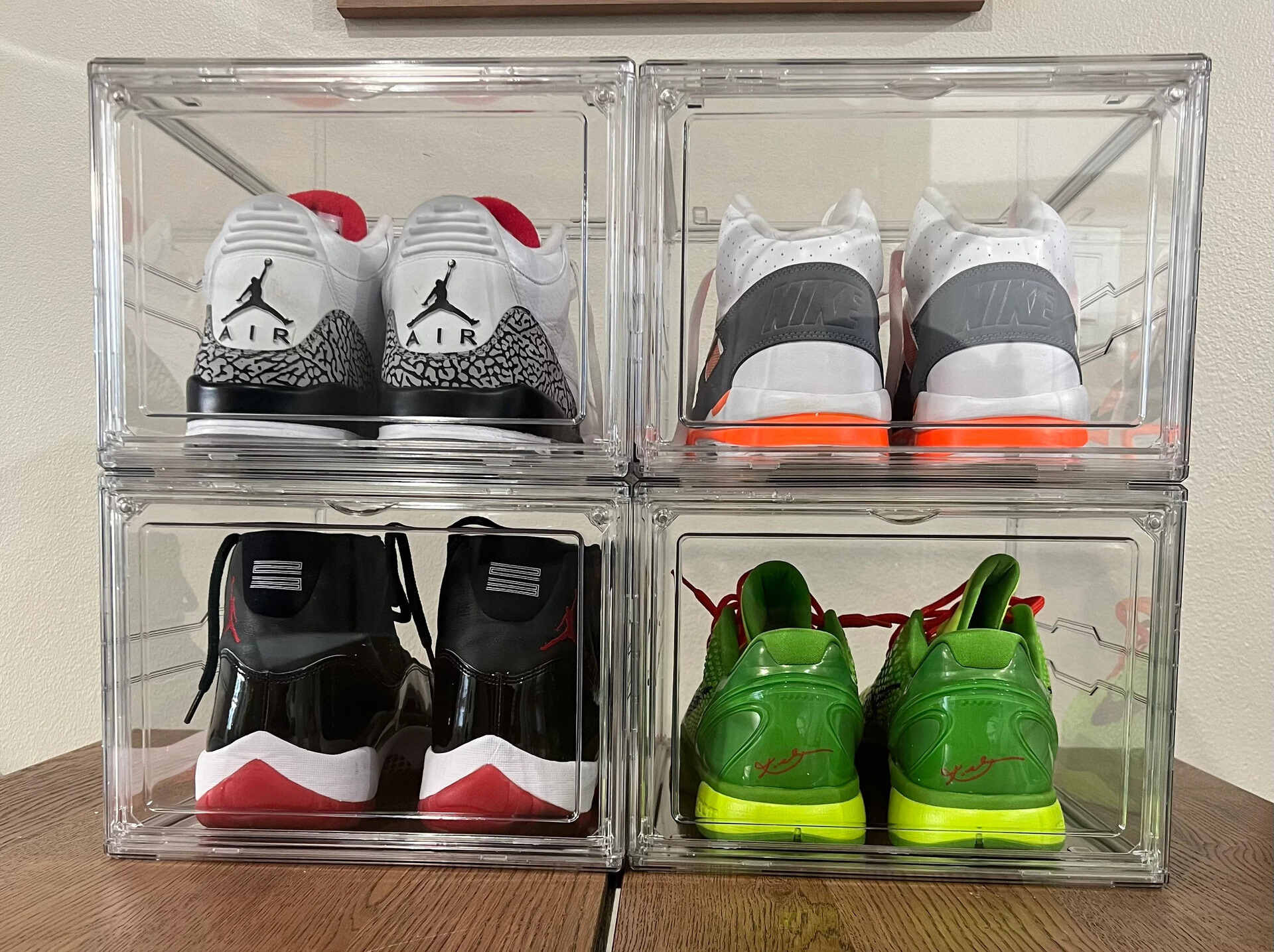


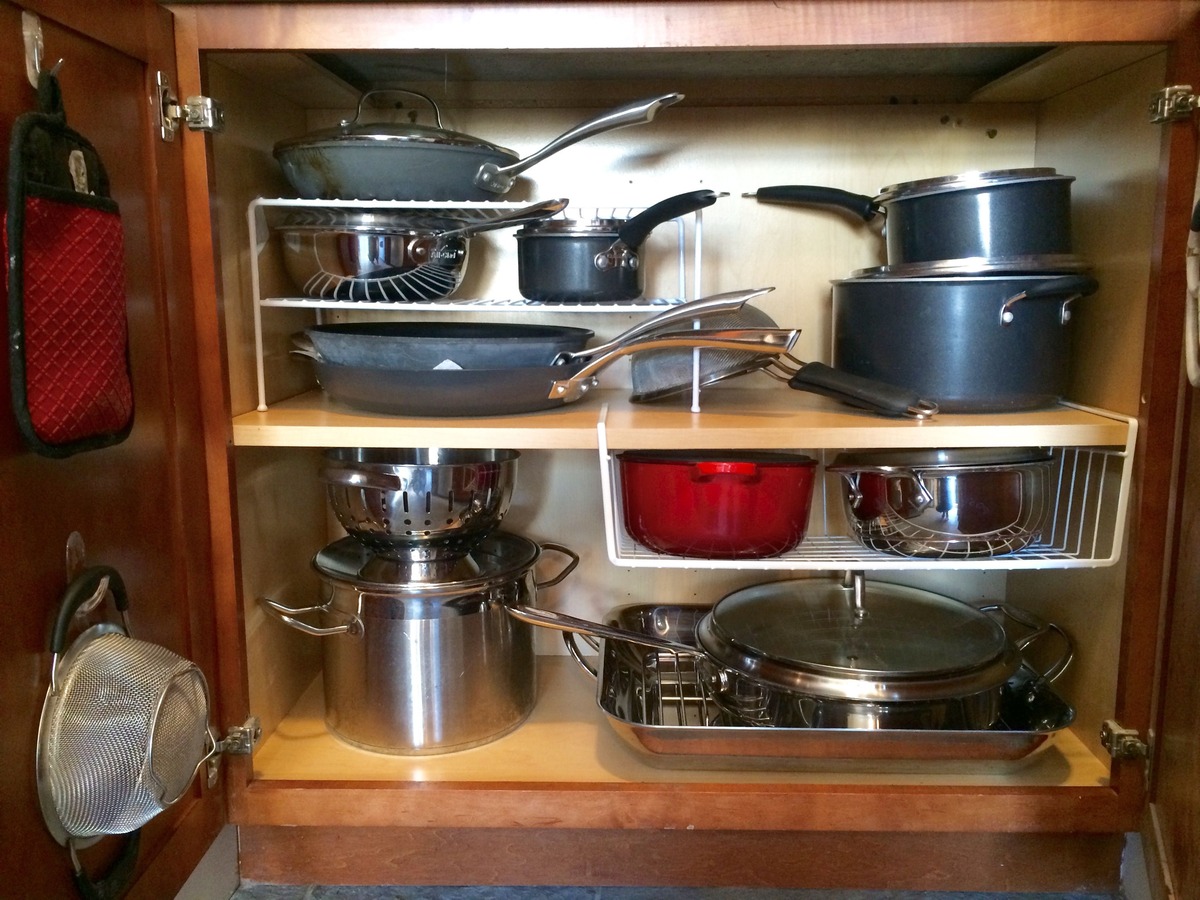
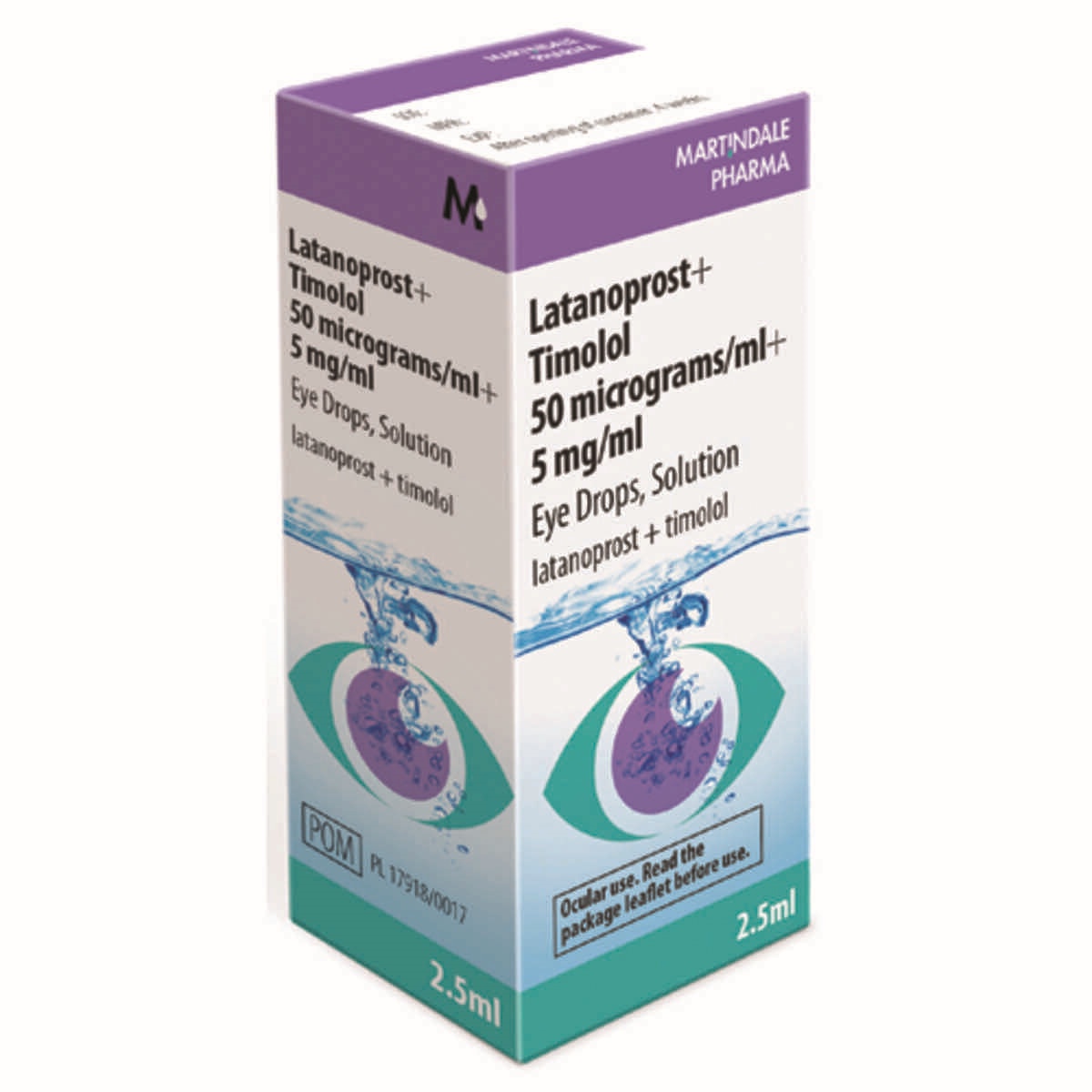
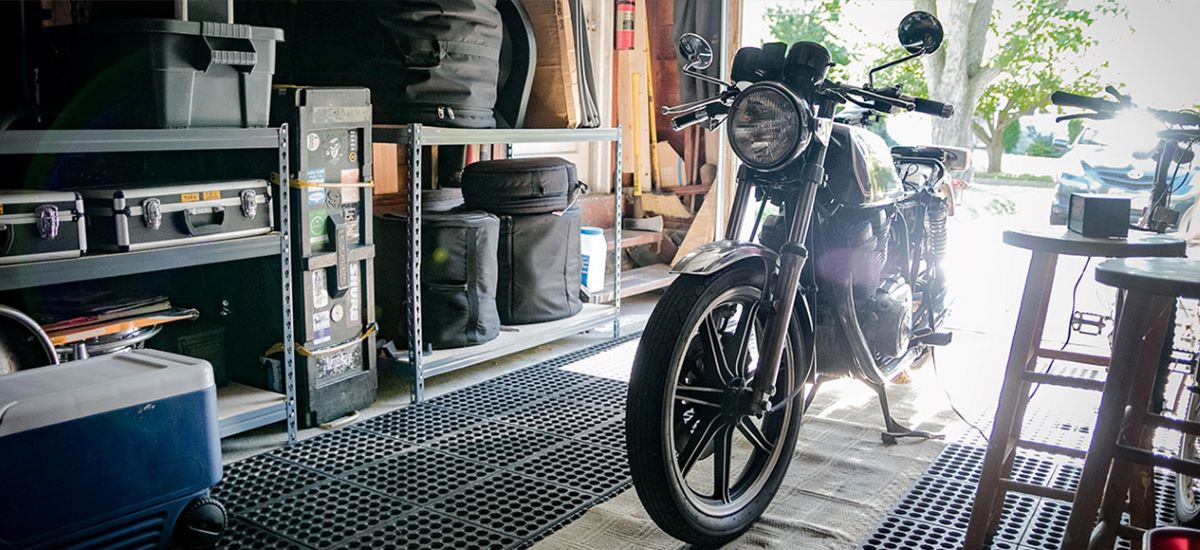

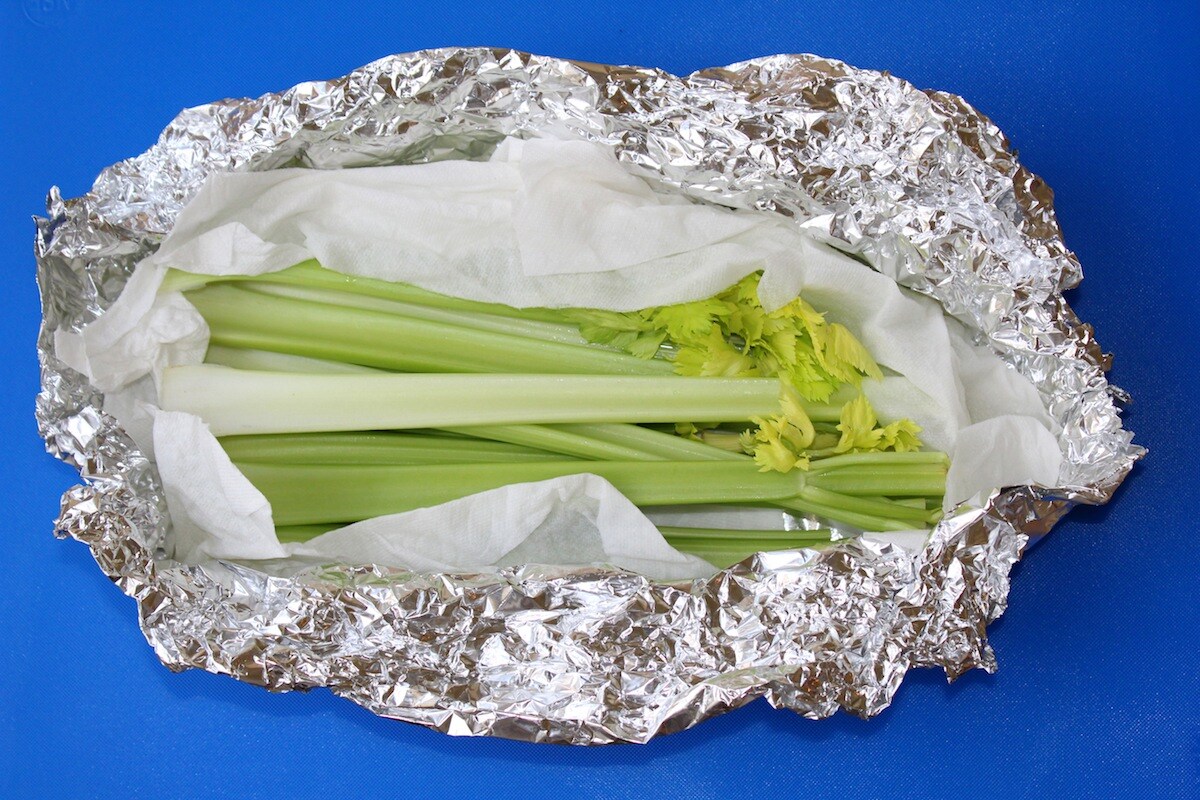






0 thoughts on “How To Store Lantus”